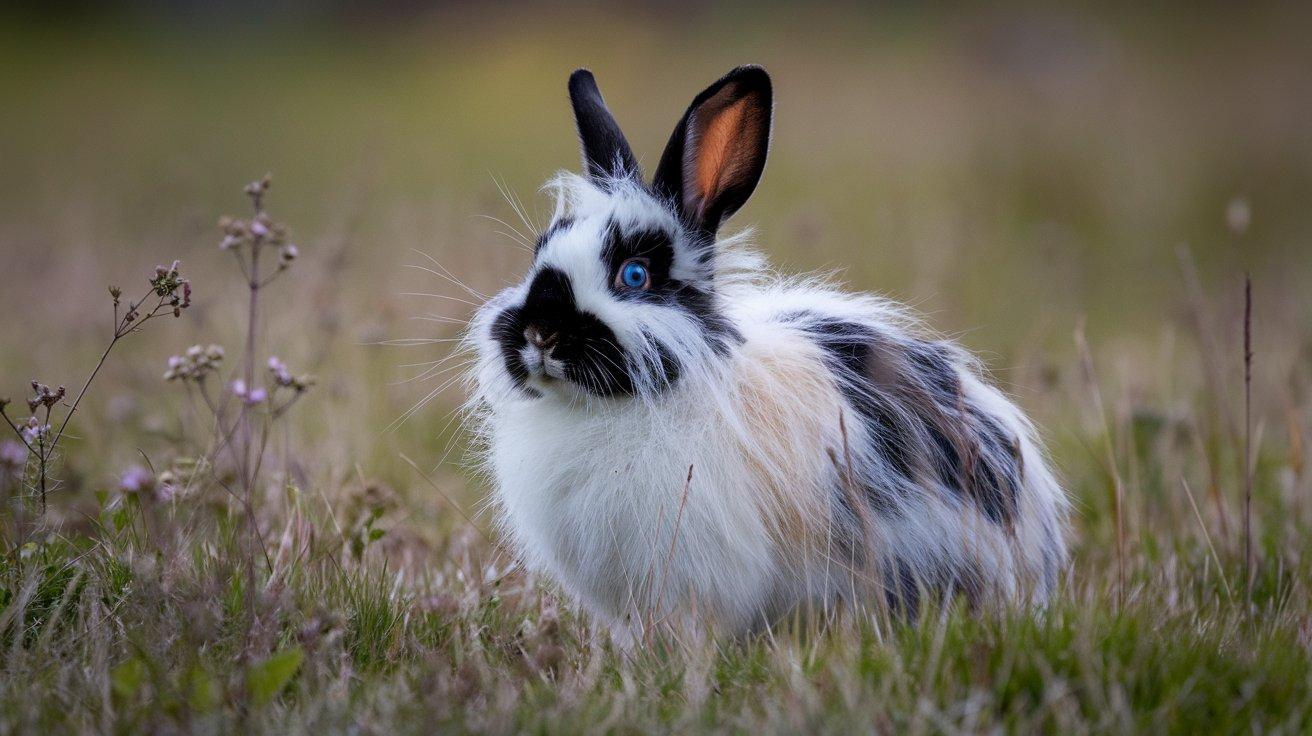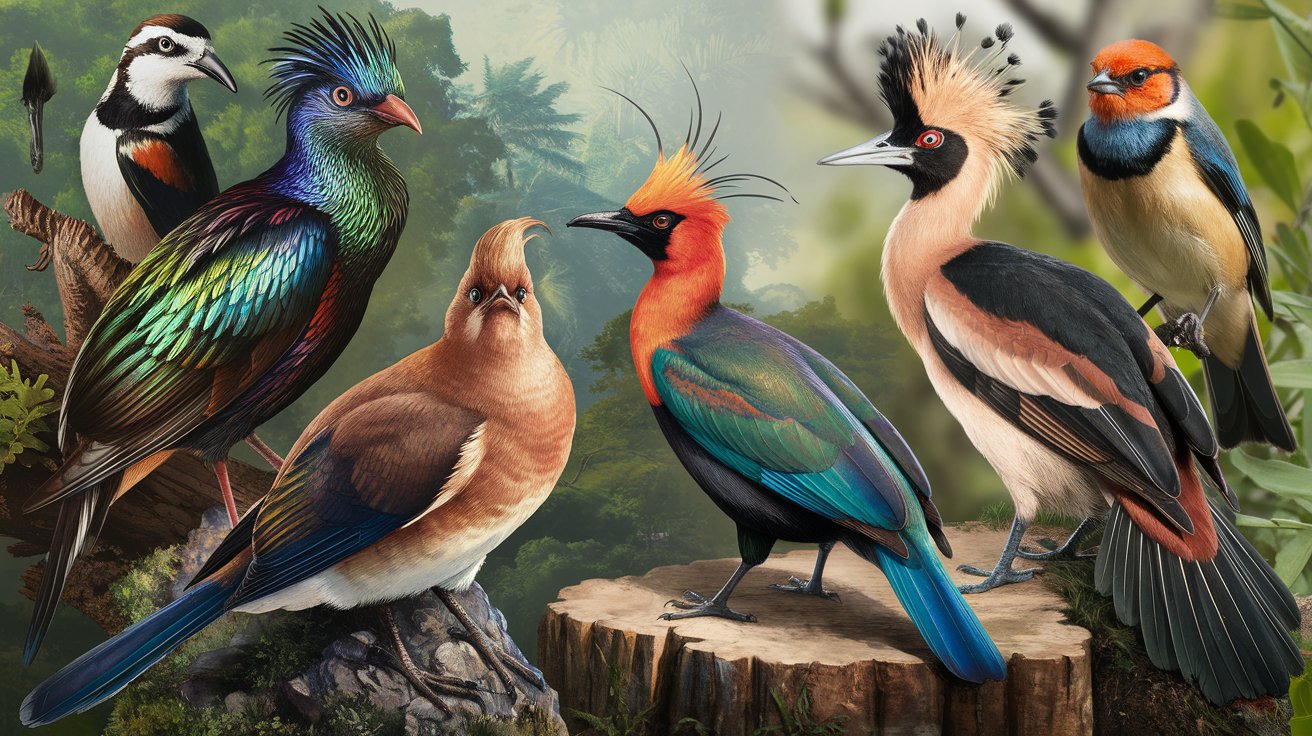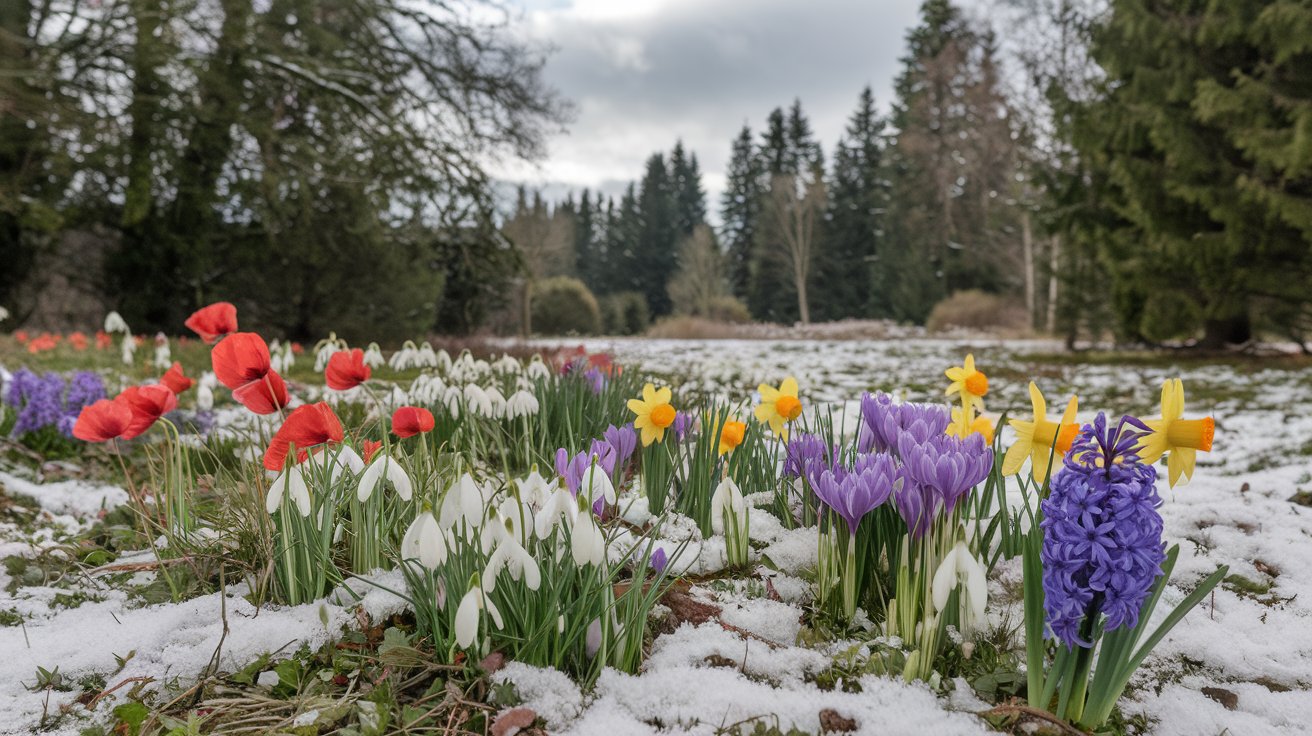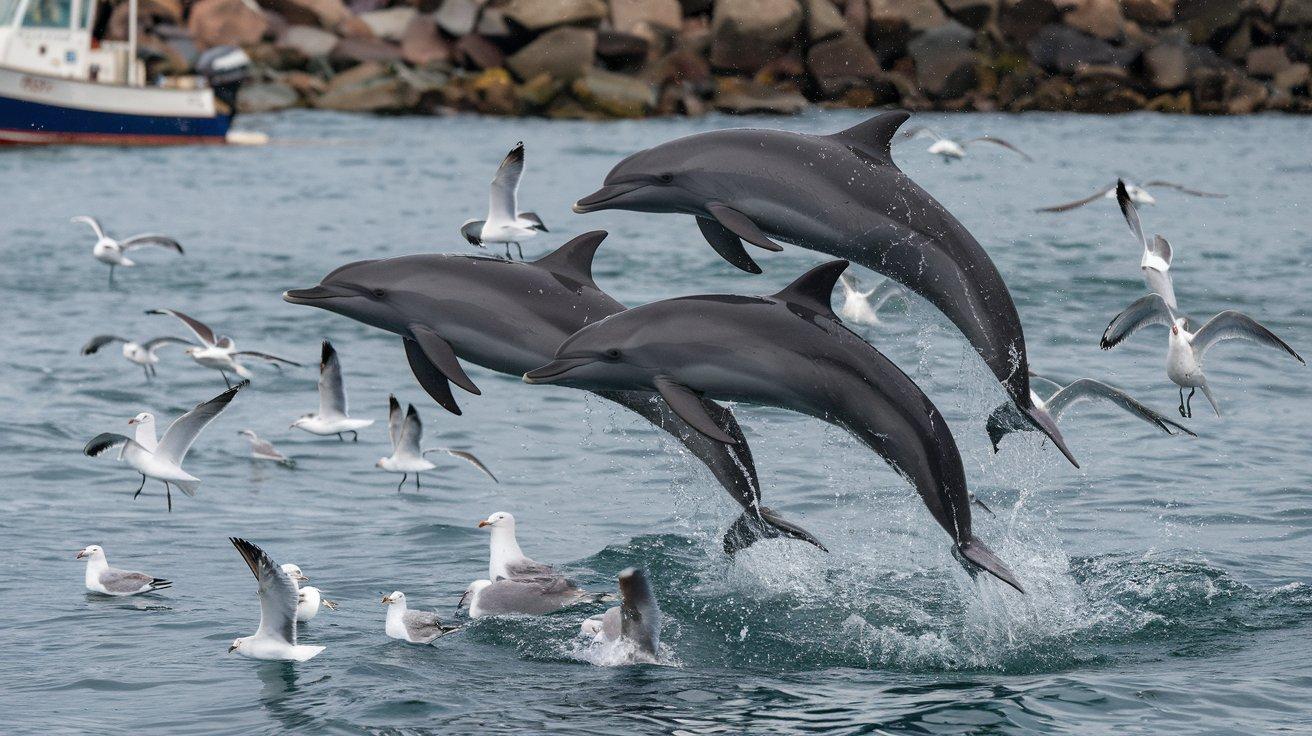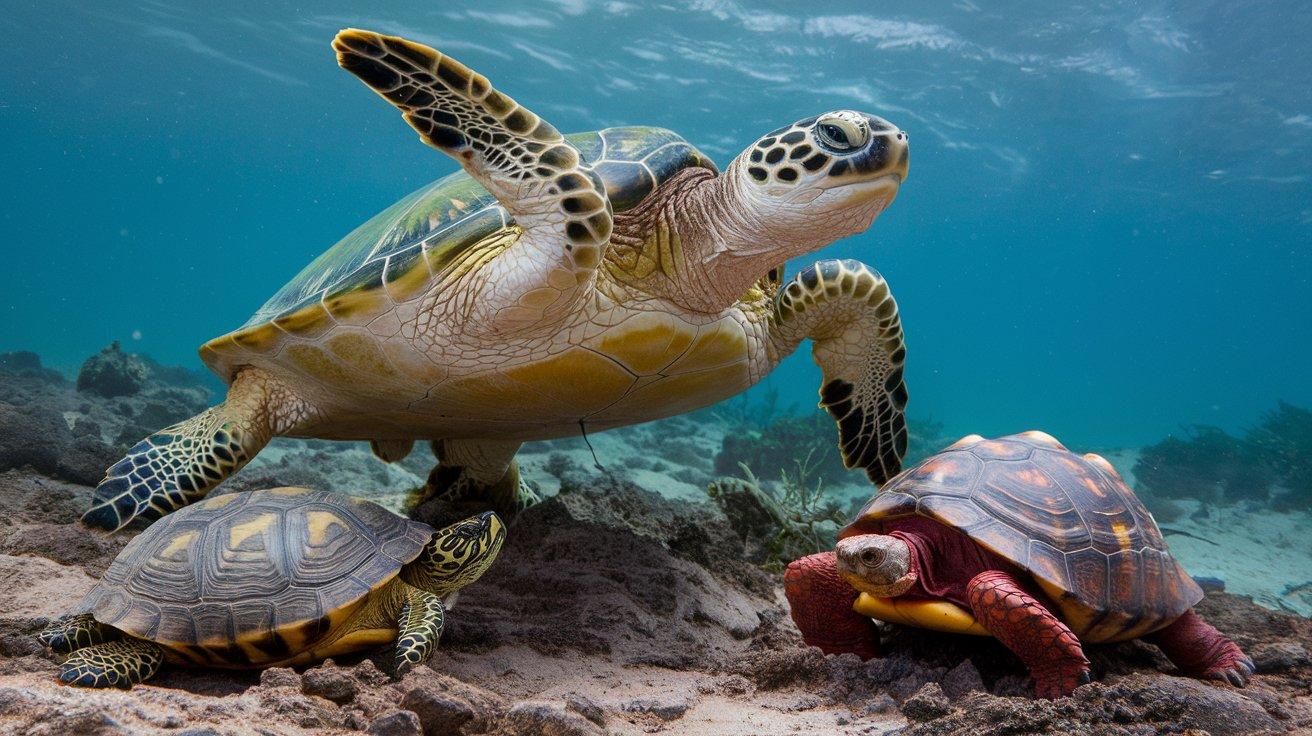The wild rabbit is one of the key species in the Mediterranean Ecosystem of the Iberian Peninsula. Being present in the diet of many endangered species such as the Iberian lynx or the imperial eagle.
Wild Rabbit: Mediterranean Ecosystem
The wild rabbit is one of the key species in the Mediterranean Ecosystem of the Iberian Peninsula, being present in the diet of a multitude of endangered species such as the Iberian lynx or the imperial eagle. It has the honor of having been responsible for the origin of the name of our country, whose roots date back to the arrival of the Phoenicians to our shores. Admired by a large number of what they thought were hyraxes (small mammals present on the African continent with an appearance similar to that of the wild rabbit). They began to call this land I-Spha-Him or land of hyraxes.
Later, with the arrival of the Romans, the term was Latinised, giving rise to Hispania and later to the Spain that we know today. On the other hand, it is also important to highlight that this is a species originating from the Iberian Peninsula, which has given rise to all the breeds of domestic rabbits that we know today, and which from here has colonized practically the the entire world, being present in all latitudes.
Haemorrhagic Viral Disease
Despite this obvious importance, the wild rabbit has not always been appreciated as it deserved, Until less than 100 years ago, due to its abundance, it was considered a pest that had to be fought with all possible methods and with unlimited capture quotas.
However, at present its situation is radically different. Although in some specific places, it still causes damage to crops or even endangers the stability of some public roads, by colonizing the slopes of motorways or railway sections; its general situation is far from that mentioned in the previous paragraph, having even disappeared in traditional rabbit territories in a good part of the country. This aspect is confirmed if we resort to the hunting tables of recent years. Where we can see that the number of rabbits shot has suffered significant declines over the last century. First in the 1950s with the appearance of myxomatosis. Then in the 1980s with Haemorrhagic Viral Disease, and since 2012 with a new variant of this last virus. That almost caused the eradication of the populations it affects due to its great virulence.
These sharp crises that our wild rabbit has suffered in its recent history have had repercussions on both hunting and hunters. Due to the greater pressure exerted on other species that are already in a critical situation. Such as the battered red-legged partridge. But it has also had an impact on the conservation of species such as the Iberian lynx and the imperial eagle. Emblems of our heritage that are not going through their best moment either. Unlike the rabbit, for the latter. There are and have been in recent decades very important public economic contributions to value and guarantee the conservation and future viability of their populations.
Wild Rabbit
Probably, not always with the expected success in proportion to the investment made and, probably also. Because perhaps the wild rabbit had not been considered as the key piece of this complex puzzle. As an example to reinforce this theory, in recent breeding seasons. The data published by the Lynx Conservation Programs in the wild show a decrease. In the number of litters and cubs born. Associating it, fundamentally, with the reduction of rabbit populations due to the virulent appearance of this new variant of the Hemorrhagic Disease virus that we have mentioned.
Given this situation, it seems clear that it is essential to raise some reflections and, above all. To get to work to try to reverse the situation of the species by designing and implementing. A comprehensive management strategy that guarantees the viability of its populations in the medium and long term.
Among the measures to be considered. In addition, it is essential to manage the habitat and the species itself when they are still present in the environment. We have the implementation of repopulations, reintroductions, and population reinforcements, as appropriate.
At the International School of Agro-Environmental Knowledge. We believe this is a key species not receiving enough attention. So it is essential to have well-trained professionals. Who contribute to its recovery and, therefore, to that of many other species.
To read More Informative Content Related to Science Subscribe to Us. Thank You!

